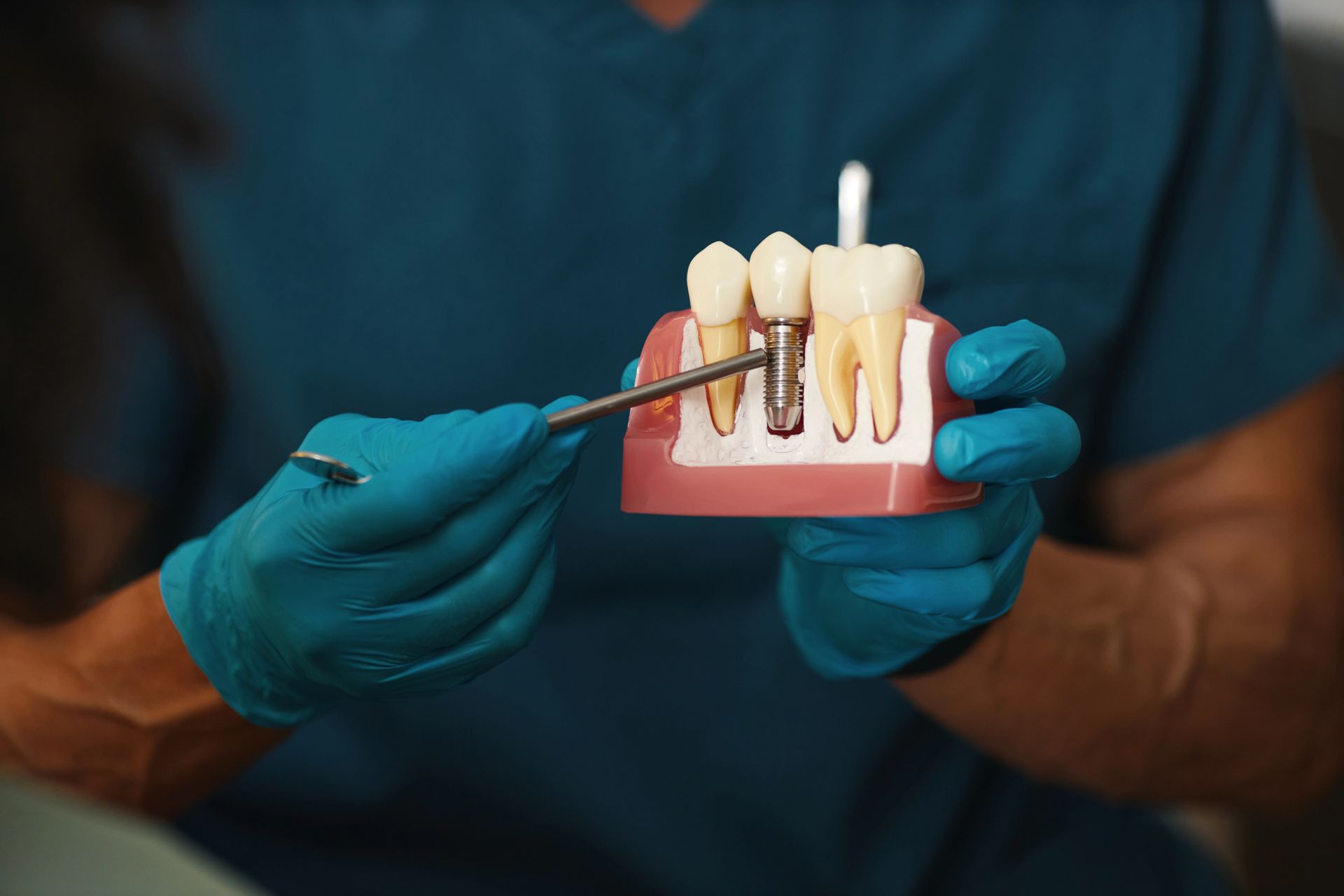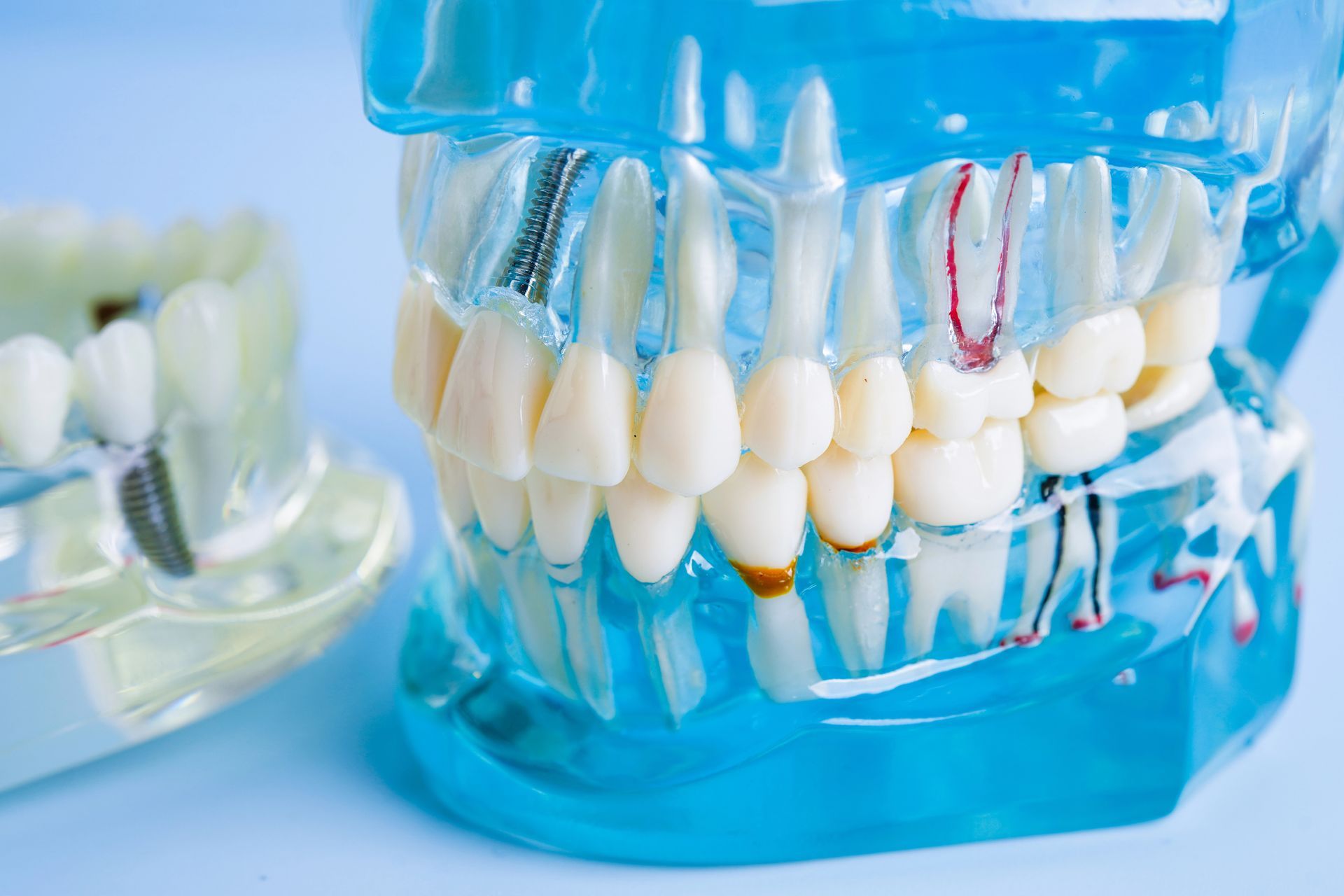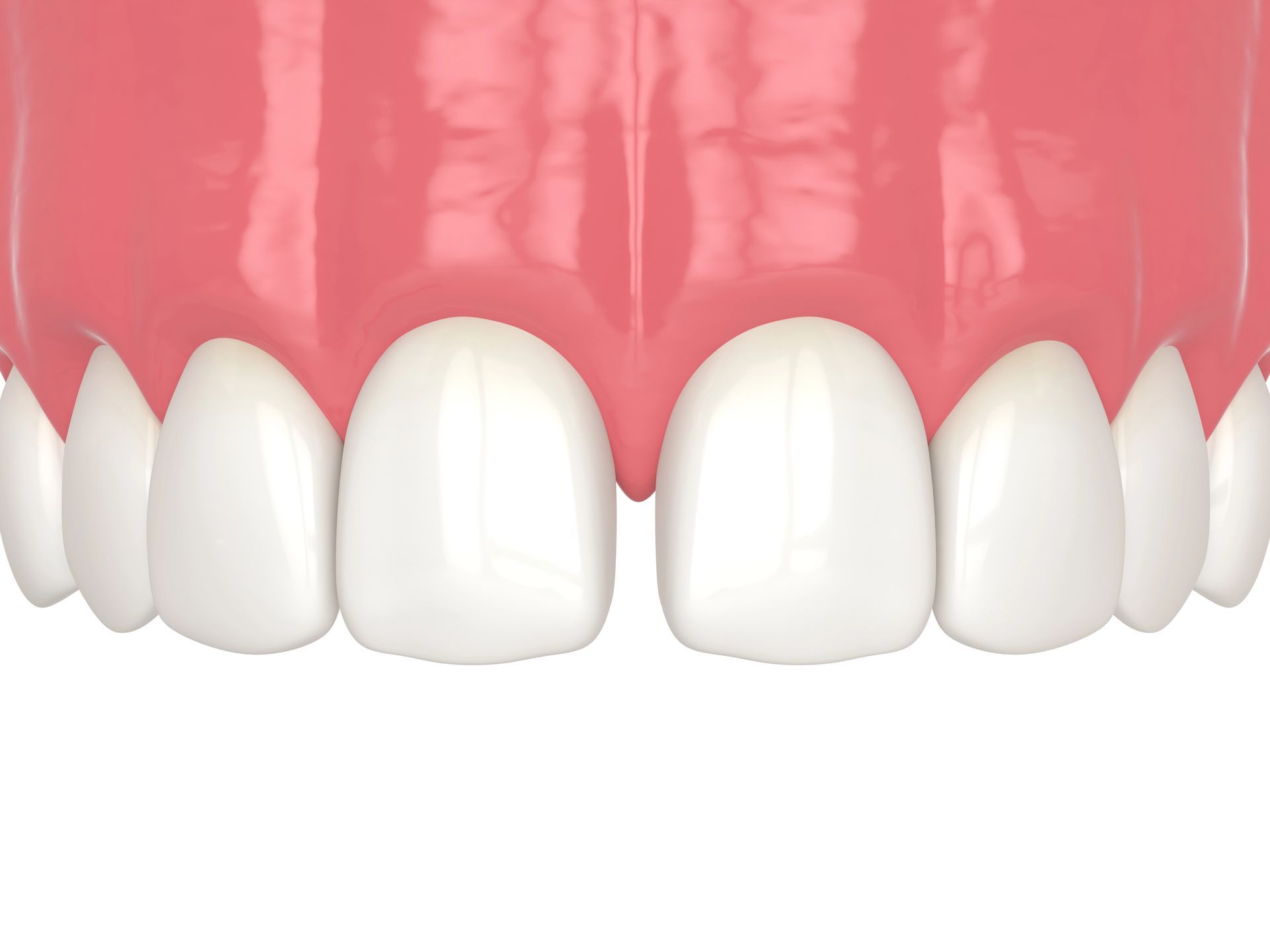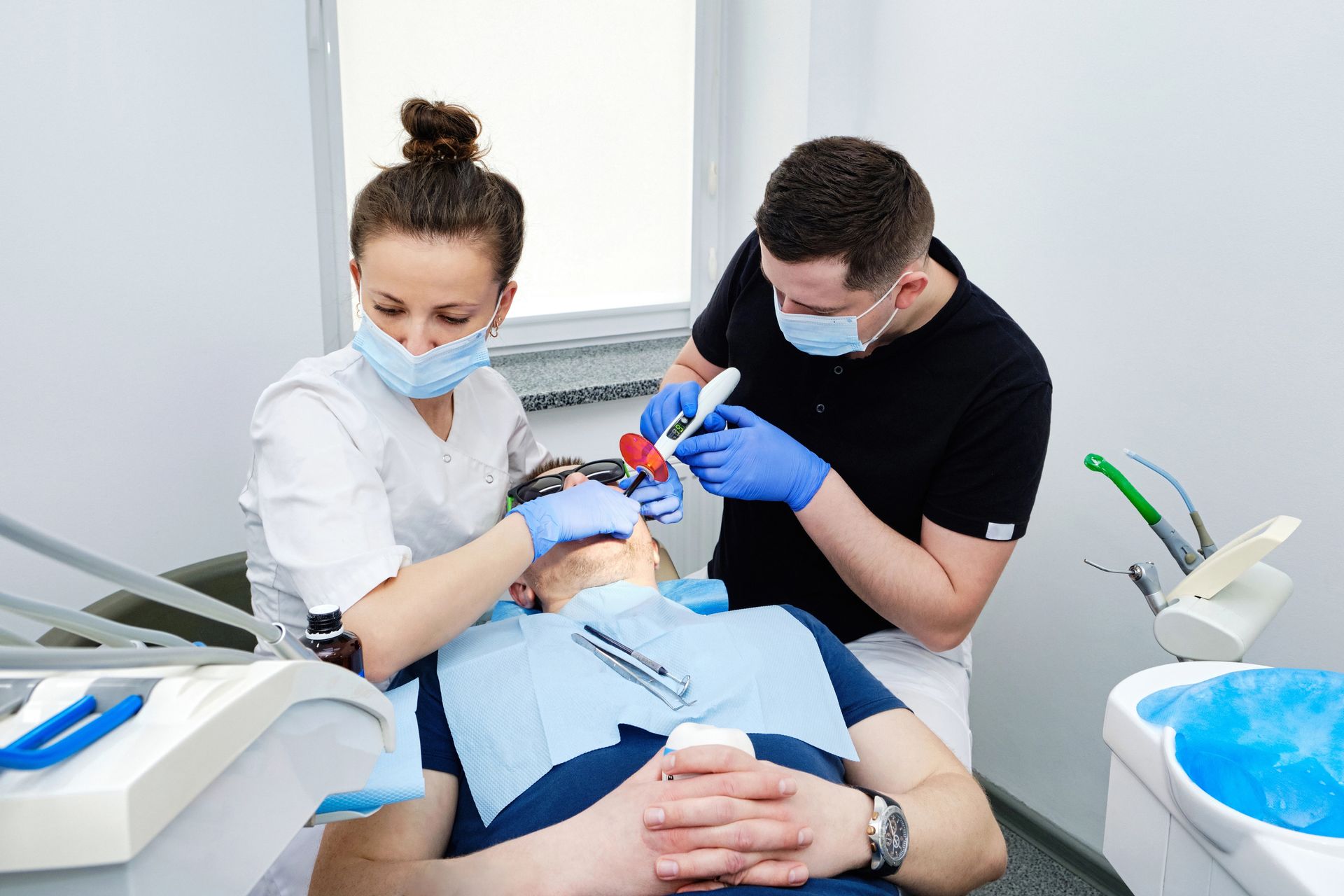Are you tired of dealing with painful, cavit-prone metal fillings? At Design Dentistry Columbia, we offer tooth-colored fillings as an alternative that can help you avoid these issues and maintain the natural look of your teeth.
Benefits of Tooth-Colored Fillings
Tooth-colored fillings are a great alternative to traditional metal fillings for those looking to maintain a natural, healthy smile. These fillings are made from a composite resin material that is matched to the exact color of your teeth, so it blends in seamlessly. The material is also incredibly durable and can be used to fill cavities in teeth that are prone to decay. Plus, tooth-colored fillings are much less painful than metal fillings, as they can be applied directly to the affected tooth without the need for drilling or grinding.
For those looking for a durable, long-lasting tooth filling option, gold fillings may be a great choice. Gold fillings are made from a durable, corrosion-resistant material that can last for many years. They are also known to be more aesthetically pleasing than metal fillings, as they can be made to match the exact shade of your teeth. Looking for a Durable, Long-Lasting Tooth Filling Option?
Consider Gold Fillings to see if they are right for you.
Types of Tooth-Colored Fillings
If you're looking for a more aesthetically pleasing and less painful alternative to metal fillings, tooth-colored fillings are the way to go. Tooth-colored fillings are made of a composite resin material that is designed to match the color of your natural teeth. This makes them virtually invisible to the naked eye, and they can be used to restore a tooth to its original shape and strength. Tooth-colored fillings are also much more durable than traditional metal fillings, and they can be used to treat small and large cavities alike. At our practice in Columbia, we offer a variety of tooth-colored fillings to meet your individual needs. are available in a variety of shades,
so you can find the perfect match for your smile.
Cost of Tooth-Colored Fillings
Conventional metal fillings may be the more affordable option, but tooth-colored fillings can offer a lot more value in the long run. The cost of tooth-colored fillings may be higher than metal fillings, but they are usually covered by most dental insurance plans. Plus, they are more durable and can last up to 15 years, while metal fillings usually need to be replaced every five to seven years. In addition, tooth-colored fillings are much more aesthetically pleasing and can help maintain the natural look of your smile. So, while the upfront cost may be higher, tooth-colored fillings can save you money in the long run and provide a more attractive, healthier smile.
Tooth-Colored Fillings vs. Metal Fillings
Tooth-colored fillings are a great alternative to traditional metal fillings for dental cavity repair. Not only are they more aesthetically pleasing, but they also provide a stronger and more durable seal that can help to prevent future cavities. Additionally, tooth-colored fillings are non-toxic, so you don't have to worry about any of the potential health risks associated with metal fillings. With tooth-colored fillings, you can say goodbye to painful, cavit-prone metal fillings and get a more natural-looking smile.
How to Find a Dentist for Tooth-Colored Fillings
Finding a dentist who offers tooth-colored fillings is simple. Start by checking with your current dentist to see if they offer this service. If they don't, ask for a referral to a dentist in your area who does. You can also search online for dentists in your local area who offer tooth-colored fillings. Look for reviews to ensure that the dentist is reputable and experienced in providing this type of service.<h3>Conclusion</h3> Get your tooth fillings today and celebrate the holidays with a bright, healthy smile! Call Design Dentistry Columbia at 803-373-1069, or check out our reviews on
Google Maps.










